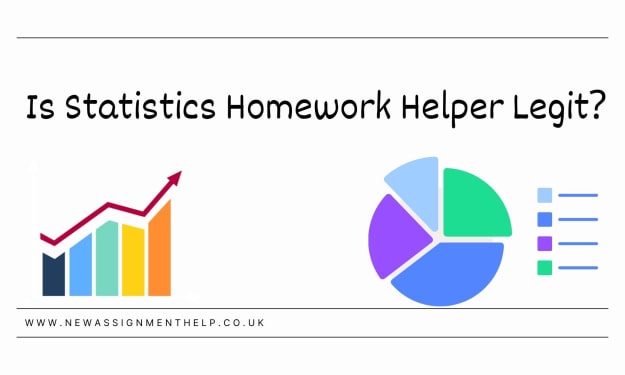Bird flu & its effect on supermarket milk & eggs
Bird flu & its effect on supermarket

Toward the beginning of December, Sonoma Region, California, proclaimed an agrarian fiasco when two poultry ranches needed to kill their whole rushes to attempt to stop "profoundly pathogenic avian flu" — or bird influenza — from spreading. This specific kind of bird influenza, H5N1, had first been accounted for in the US in mid-2022 while heightening avian shocking tales started springing up in titles: Two zoos detailed bird influenza among their groups, provoking zoos the nation over to pull their birds off-show; three bald eagles were tainted in Georgia and passed on; many contaminated birds were tracked down dead at a lake in the Chicago rural areas.
A huge number of turkey and chickens at business ranches have since been killed to attempt to smother the episode.
During a period of currently supported expansion, as avian flu cases rose, so did the expense of eggs. As detailed by the College of Arkansas Framework Division of Agribusiness, bird influenza was faulted at higher egg costs in 2023, which topped at $4.82 per dozen in January (last month, they floated around $2.99 per dozen, for reference).
Then, late Thursday, the Food and Medication Organization declared that one of every five business milk tests tried in a cross country review contained particles of the H5N1 infection, a disclosure that has driven a few specialists to voice worry that "the infection is surprisingly boundless among dairies," as detailed by Reuters.
Be that as it may, how concerned ought to home cooks be about the effect of bird influenza on the security of their egg and dairy items? How about we plunge into what we know.
What is bird influenza?
As indicated by the Habitats for Infectious prevention and Counteraction (CDC), avian flu, or bird influenza, is an infection normally spread among wild oceanic birds around the world. The sickness was first distinguished in Italy in the late nineteenth hundred years and was at first alluded to as "fowl plague," as it was mistaken for a type of fowl cholera. The expression "bird influenza" acquired notoriety through the twentieth and 21st 100 years, following episodes of profoundly pathogenic strains like H5N1 and H7N9 (and the primary Global Conference on Avian Flu held in Paris, France, in 1981).
The CDC keeps up with that bird seasonal infections don't typically taint people, nonetheless, in a momentum circumstance outline; that's what the association says, "irregular human contaminations with bird seasonal infections have happened. On April 1, a Texas dairy ranch specialist who had been presented to cows tried positive for H5N1 bird influenza. As per a delivery from the CDC, "the patient detailed eye redness — steady with conjunctivitis — as their main side effect, and is recuperating."
"This contamination doesn't change the H5N1 bird influenza human wellbeing risk appraisal for the U.S. overall population, which CDC views as low."
This is the second human in the US to have revealed being tainted under the momentum wave of the sickness; the first was a 2022 case in Colorado including a "individual who had direct openness to poultry and was engaged with the winnowing (ousting) of poultry with possible H5N1 bird influenza."
While the transmission of bird influenza to different well evolved creatures is intriguing, it is conceivable. At present, nine states — North Carolina, Ohio, Michigan, Texas, New Mexico, Colorado, Kansas, South Dakota and Idaho — have detailed episodes of bird influenza among cows, with an expected 34 groups being influenced as of Friday. There are multiple ways the cows might have become tainted, including coming into direct contact with tainted birds, living in a sullied climate, or consuming feed containing polluted poultry results or droppings.
Are general store eggs and milk protected to polish off?
On Tuesday, the Food and Medication Organization said that examples of sanitized milk had tried positive for remainders of the bird influenza. At that point, they focused on that the materials were inactivated and that they "don't address genuine infection that might be a gamble to shoppers."
As per Dr. Scott Roberts, a Yale New Safe house Clinic Irresistible Illness trained professional and colleague teacher in irresistible sicknesses at Yale Institute of Medication, there's little gamble of transmission in general store eggs and milk since one requirements to have direct contact with the tainted creature.
The FDA gave an assertion conveying a comparable message on Friday after the organization had gotten unexpected outcomes from "an underlying restricted set of topographically designated tests as a feature of its public business milk examining concentrate on in progress in a joint effort with USDA."
"The FDA keeps on dissecting this data; in any case, primer consequences of egg vaccination tests on quantitative polymerase chain response (qPCR)- positive retail milk tests show that sanitization is viable in inactivating HPAI [avian influenza]," they composed. "This extra testing identified no live, irresistible infection. These outcomes reaffirm our appraisal that the business milk supply is protected."
Subsequently, specialists suggest staying away from unpasteurized or crude milk and egg items.
What's straightaway?
As of recently, ranchers just needed to test their dairy cows for bird influenza willfully or on the other hand in the event that their group showed side effects of contamination, however the USDA declared last week that each lactating cow should now be tried and post an adverse outcome prior to moving to another state.
This will assist authorities with following the infection and comprehend the way things are spreading, as indicated by Michael Watson, a director with the U.S. Branch of Agribusiness' Animal and Plant Wellbeing Examination Administration.
"We accept we can do huge number of tests a day," Watson told the Related Press.
Then, at that point, as per the FDA's Friday explanation, the organization will proceed with additional surveying retail tests from its investigation of 297 examples of retail dairy items from 38 states.
About the Creator
Mohammad Nasim
Hi! I am Mohammad Nasim. I am providing Article Writing, Content Writing, SEO Writing, Business Writing, Blog Writing, Travel Writing, Technical Writing & many more services.
Enjoyed the story? Support the Creator.
Subscribe for free to receive all their stories in your feed. You could also pledge your support or give them a one-off tip, letting them know you appreciate their work.





Comments
There are no comments for this story
Be the first to respond and start the conversation.